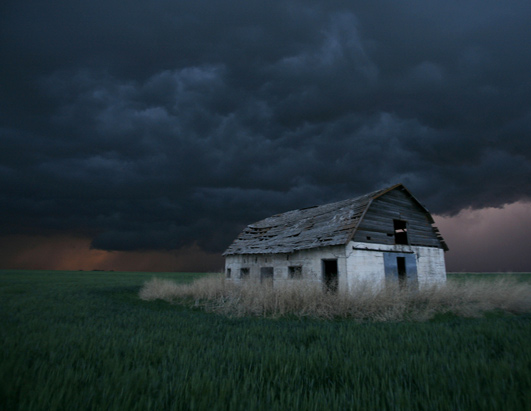The two charts and excepts below link to a brief report from Josh Barro of the Manhattan Institute for Policy Research titled,
Two Americas: Public Sector Gains in Recession
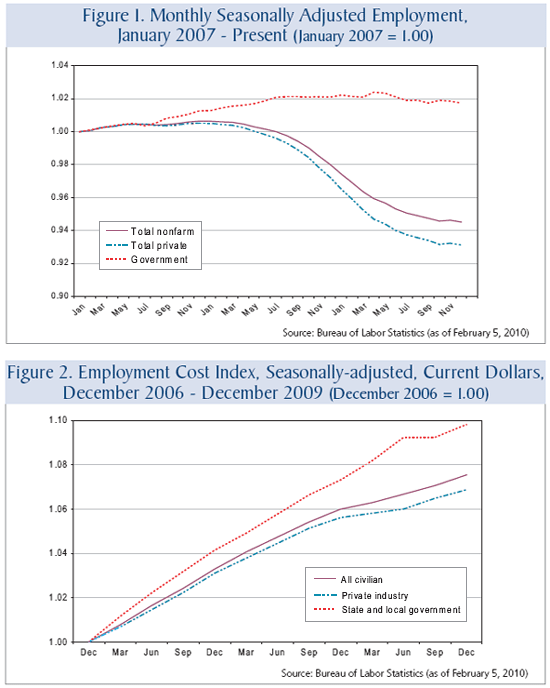
The problem: During the recession, public employees have continued to see strong wage growth, well ahead of the private sector.
From the first quarter of 2007 through the last quarter of 2009, the average value of hourly compensation (wages plus benefits) rose by 9.8 percent for employees of state and local governments, compared to 6.9 percent in the private sector.[2]
After adjusting for inflation, public employees have seen a rise in real hourly income over this period, while private employees have not.
What should be done?
The trend in the third quarter—when public-employee compensation was flat—shows that a freeze on public-employee compensation is possible.
States and localities should take the following steps to get employee compensation under control:
Governments should freeze employee compensation at least until public-employee wages have returned to levels matching the private sector trend.
They should take this action when negotiating new public-employee contracts.
In some states, governments may have powers to freeze pay even in the middle of an existing contract.
States should also look at reforming binding arbitration laws that force governments to pay unaffordable wage increases.
Such laws should be repealed or reformed to properly take into account private-sector wage trends and the ability of governments to pay wage increases.
Unfortunately, the trend reverted to form in the fourth quarter, with public-employee compensation again rising faster than private sector pay.
Getting budgets under control will require state and local lawmakers to put taxpayer interests ahead of the interests of public-employee unions.



























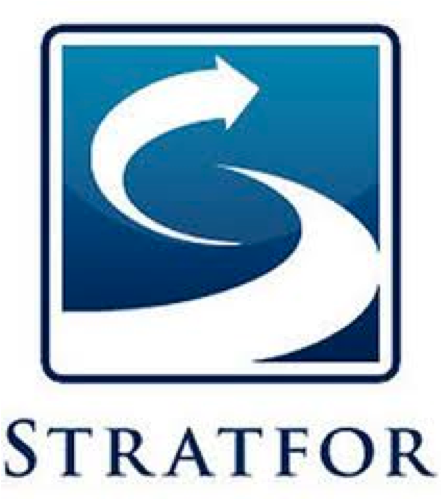











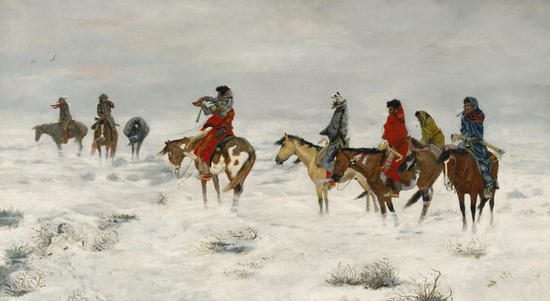

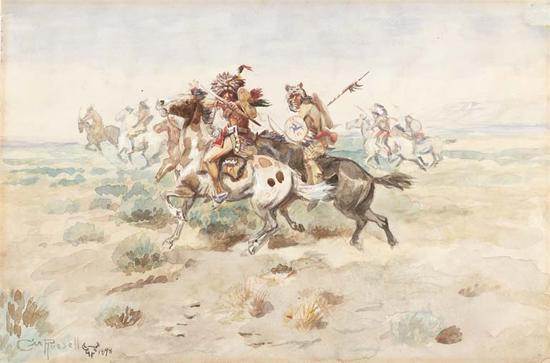

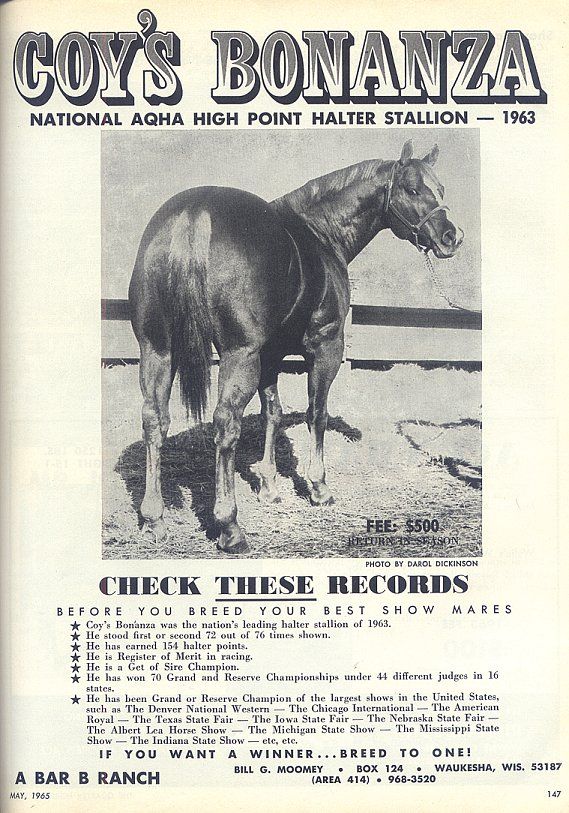
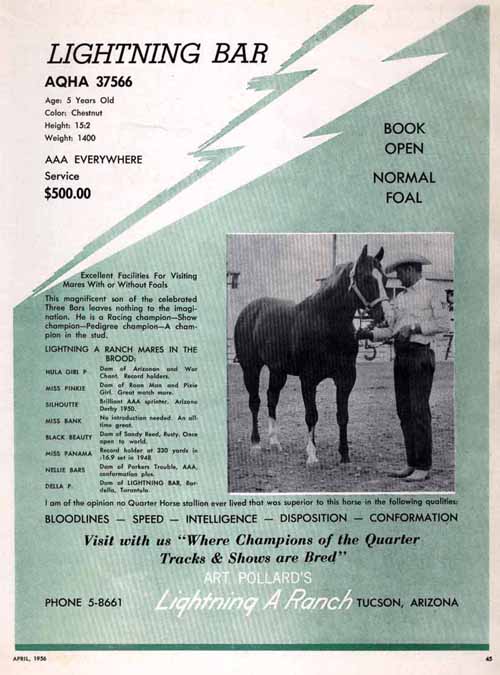





![[Most Recent Quotes from www.kitco.com]](http://www.kitconet.com/charts/metals/gold/t24_au_en_usoz_2.gif)

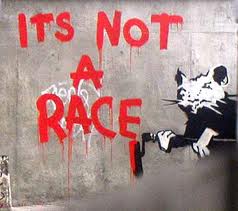


![[Most Recent Quotes from www.kitco.com]](http://www.kitconet.com/charts/metals/silver/t24_ag_en_usoz_2.gif)
